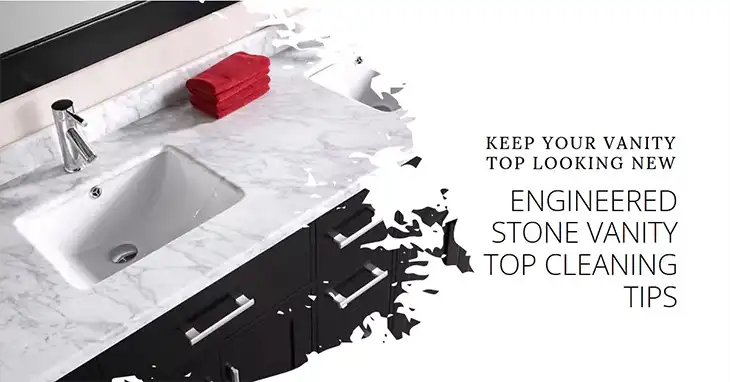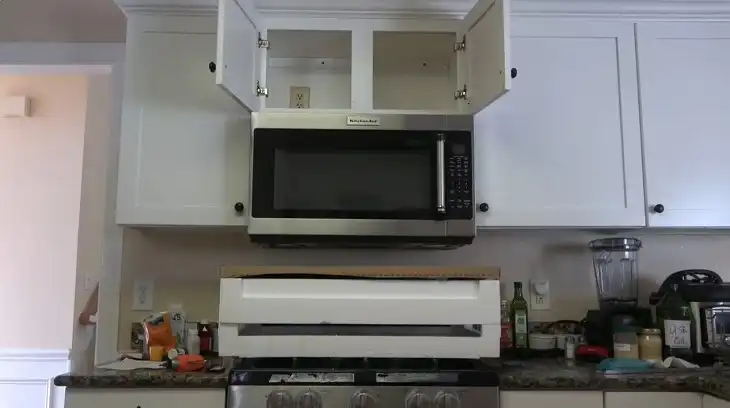How to Clean a Wood Burning Stove Chimney: Step-by-Step Guide
A wood-burning stove is a great addition to any home, providing warmth and an inviting atmosphere. However, to keep your stove efficient and safe, regular chimney cleaning is crucial. A dirty chimney can lead to dangerous creosote buildup, which is a major fire hazard. In this article, we’ll guide you through the entire process of cleaning your wood stove chimney with detailed steps, necessary tools, safety precautions, and expert tips.

Why Chimney Cleaning is Important
Regular chimney cleaning ensures your wood stove operates safely and efficiently. Over time, burning wood produces creosote—a black, tar-like substance that builds up inside the chimney. When creosote accumulates, it can ignite and cause a chimney fire, which can spread to the rest of your home. In addition, a clogged chimney reduces the stove’s efficiency, increases smoke production, and can even result in harmful carbon monoxide entering your living space.
Pro Tip: The National Fire Protection Association (NFPA) recommends chimney inspections and cleaning at least once a year or after every 50-60 fires.
When Should You Clean a Chimney?
Knowing the right time to clean your chimney can save you from potential hazards:
- Before the Start of Winter: It’s ideal to clean your chimney before the cold season starts.
- After Heavy Usage: If you’ve used your stove heavily, plan to clean it midway through winter.
- Visible Creosote Buildup: Check for visible signs of creosote or soot inside the stove or chimney.
- Smoky Smell: If you smell a strong, unpleasant odor from the chimney, it’s a sign to inspect and clean.
Which Tools and Materials You’ll Need to Clean a Stove Chimney
You’ll need the following tools to get started:
| Tools | Description | Estimated Cost |
| Chimney Brush | A stiff wire brush to remove creosote. Choose a size that fits your chimney. | $20 – $50 |
| Extension Rods | For reaching deep into the chimney. Connect multiple rods if necessary. | $15 – $30 per rod |
| Ladder | A sturdy ladder to access the roof safely. | $50 – $100 |
| Tarp or Drop Cloth | To cover the surrounding area and catch debris. | $10 – $20 |
| Safety Goggles | Protects your eyes from falling soot. | $5 – $15 |
| Respirator Mask | Prevents inhalation of harmful particles. | $15 – $30 |
| Flashlight | For inspecting the interior of the chimney. | $10 – $20 |
Total Estimated Cost: $100 – $265
Step-by-Step Chimney Cleaning Process
Step 1: Prepare the Area
- Lay down a tarp or drop cloth around the stove to protect the floor from falling debris.
- Wear your safety gear, including gloves, goggles, and a respirator mask.
- Make sure your stove is completely cool before starting.
Step 2: Inspect the Chimney
- Use a flashlight to check the interior for creosote buildup and obstructions.
- Look for cracks, rust, or other signs of damage.
Tip: If you see more than 1/8 inch of creosote buildup, it’s time to clean!
Step 3: Select the Right Brush Size
- Measure your chimney’s diameter and select a brush slightly larger than the flue opening.
- Attach the brush to the extension rods.
Step 4: Clean from the Top Down
- Secure your ladder and safely climb onto the roof.
- Insert the brush into the chimney and scrub the interior using up-and-down motions.
- Add more rods as needed until you reach the bottom.
Warning: Never try to force the brush; it could damage the flue.
Step 5: Clean the Stove Pipe
- Detach the stove pipe from the chimney and clean it using the same brush.
- Pay extra attention to bends and joints, where creosote often accumulates.
Step 6: Final Cleanup
- Once you’re done, remove the tarp and dispose of all collected debris.
- Reassemble the stove pipe and check for proper reattachment.
Alternative Methods to Clean Chimney
If climbing onto the roof sounds daunting, consider these alternatives:
- Bottom-Up Cleaning: Insert the brush from the base of the chimney.
- Chemical Cleaning Logs: Use a specially designed log that burns and loosens creosote. While not a substitute for manual cleaning, it can reduce buildup.
- Hire a Professional: A professional chimney sweep will typically cost between $100 – $300 but ensures a thorough cleaning.
FAQ
How often should I clean my chimney?
It’s recommended to clean your chimney at least once a year, or after burning approximately 50-60 fires.
Can I use a shop vacuum to clean my chimney?
A shop vacuum can help with minor cleanup, but it’s not designed to handle creosote. Use a specialized chimney vacuum if possible.
Is it safe to use chemical cleaning logs?
Yes, chemical cleaning logs can be a temporary solution, but they should not replace manual cleaning.
What happens if I don’t clean my chimney?
Neglecting chimney maintenance can lead to dangerous creosote buildup, chimney fires, poor stove efficiency, and the risk of carbon monoxide poisoning.
How do I know if my chimney needs professional cleaning?
If you notice thick creosote buildup, strong odors, or damaged flue components, it’s best to call in a professional.
Wrapping Up
Keeping your wood-burning stove chimney clean is essential for both safety and efficiency. With the right tools, proper techniques, and safety precautions, you can easily maintain your chimney on your own. If you’re unsure or find the process challenging, don’t hesitate to hire a professional.
Taking care of your chimney ensures your stove will continue to provide cozy warmth for years to come!



![How Do You Measure a Frying Pan? [Answered]](https://kitchenstow.com/wp-content/uploads/2024/08/How-Do-You-Measure-a-Frying-Pan-.webp)

